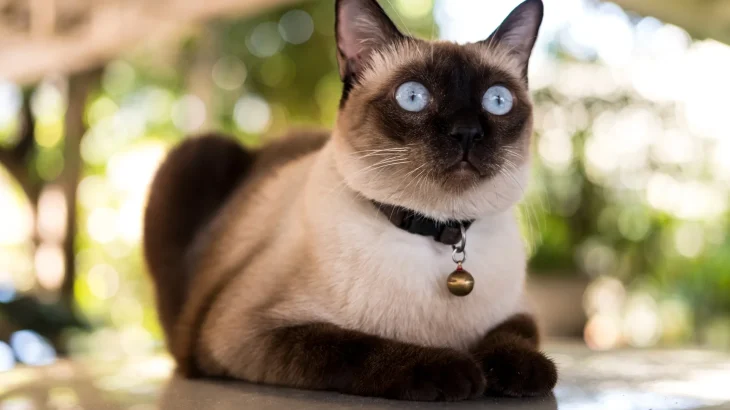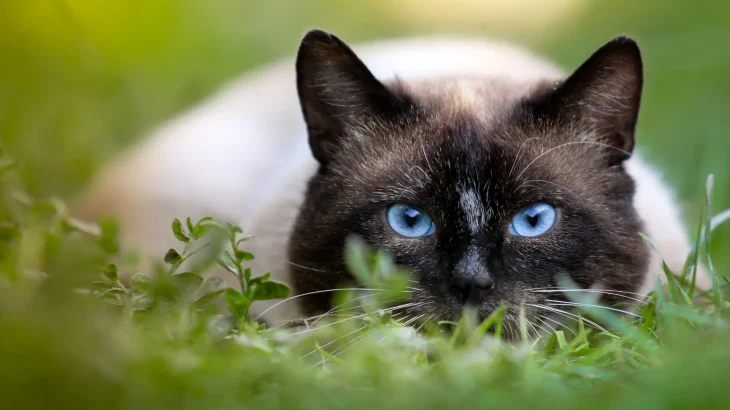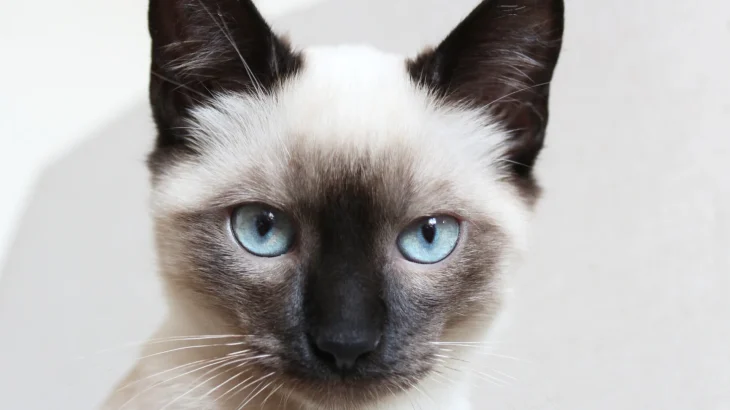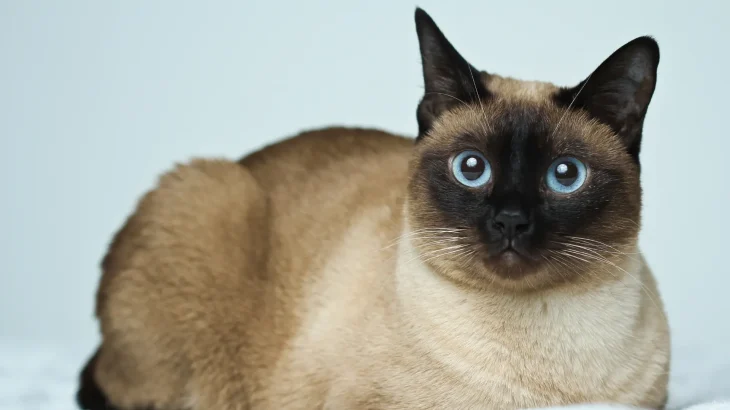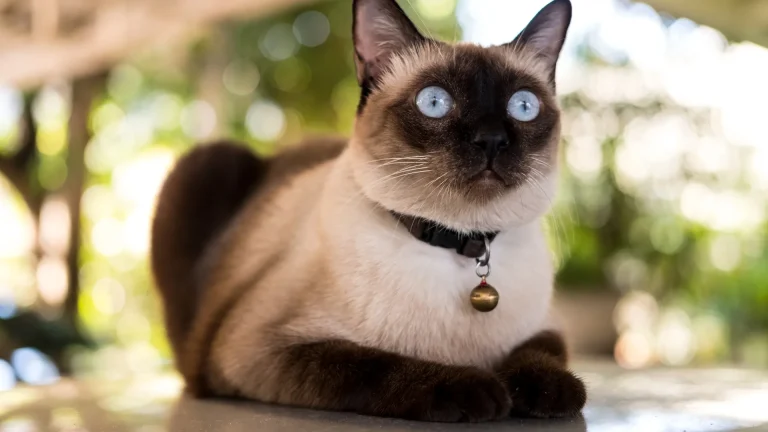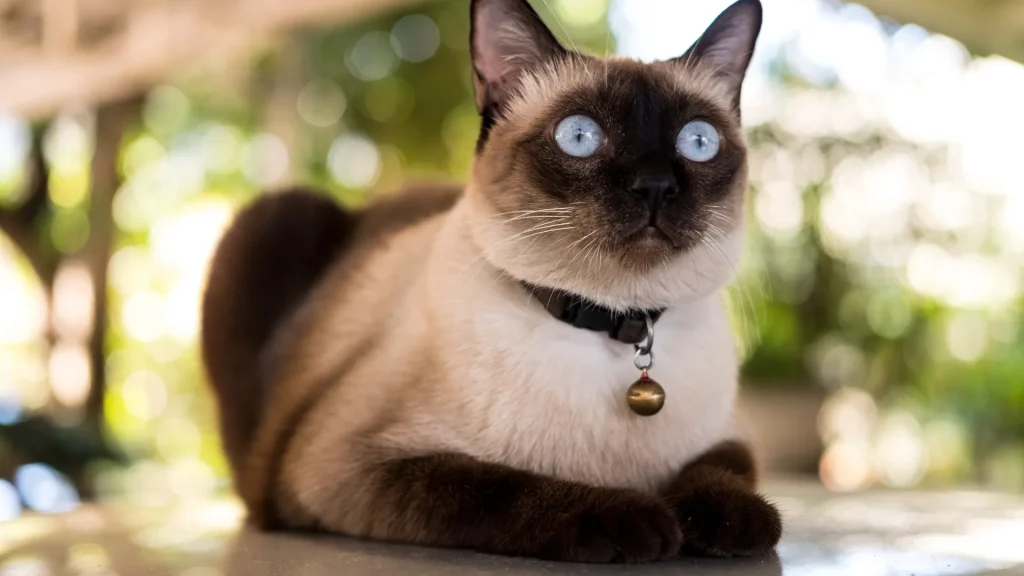Deciding whether to adopt or buy an Apple Siamese kitten involves weighing the benefits of giving a home to a cat in need against the predictability of purchasing from a reputable breeder. Each option offers unique advantages depending on what matters most to you, such as health background, ethical preferences, and support after acquiring your kitten.
| Criteria | Buying from Breeder | Adopting from Shelter/Rescue |
|---|---|---|
| Cost | Higher initial cost due to purebred status, often reflecting quality and pedigree. | Lower fees, usually covering basic medical care and vaccinations. |
| Health History | Provides detailed health and genetic screening specific to the breed. | May lack full background, but shelters conduct basic health checks. |
| Age Availability | Mostly available as kittens, allowing early bonding and training. | Wide range of ages, giving options beyond just kittens. |
| Temperament Insight | Breeders can share lineage-based temperament traits. | Shelter staff can offer behavioral observations but not lifelong history. |
| Supporting Practices | Supports controlled breeding programs focused on breed standards. | Promotes animal welfare by providing homes to cats in need. |
| Ethical Considerations | Depends on breeder ethics; reputable breeders prioritize health and welfare. | Ethically supports rescue efforts; may face challenges with unknown backgrounds. |

